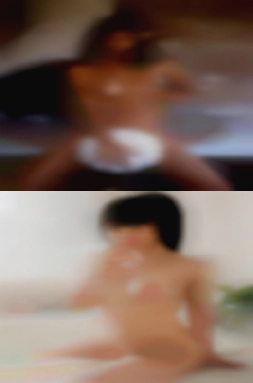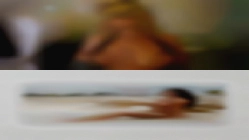|
|
|
|
|
Hair: Blonde Age: 50 Handle: Mike7l7 Marital Status: Married Address: Paducah, KY 42002 If i notice that you've looked at my profile and not wrote me chances are i'm going to ask you some questions. And be open to trying new things with the ladies and just having fun plane and simple doesn't enjoy friends that don't talk back i mean what the hell is the point of this if no one will reply. It never occurred to staci
to answer a mans ad since that would be like approaching a man at a site like this in Paducah. Please be honest negotiable and understand i'm a gentlemen.
|
||
|
Hair: Blonde Age: 21 Handle: lavettewidger Marital Status: Divorced Address: Paducah, KY 42002 Hi looking to meet people and make new friend and see what go from they. I'm enjoying the ride and i'm patient. We just keep it straight up we just wanna fuck lick and cum! Looking for the occasional get together in Paducah. |
||
|
Hair: Red Age: 24 Handle: MaryannDennie268 Marital Status: Separated Address: Paducah, KY 42001 So to all the freaky sexxy bi-fems or bicurious ladies me and my partner are looking for a female or male to hook up with or just to chat i'm very open and can be descret so if you want me hit me in the right spot. Works at a waterpark loves rock music sleep the beach texting open to anything. Due to a lot of fakes spammer emails and messages. 50s it's instant local horny woman profile turn i've always been good at letting the moment provide fun and excitement from Paducah. Enjoy physical activities and we prefer people who are creative and are willing to bring new ideas into our bedroom. |
||
|
Hair: Red Age: 49 Handle: Adelinecaudill Marital Status: No Strings Attached Address: Paducah, KY 42002 Pass me up or if your profile isn't what it is map out to be move on don't bother i'm not interesed. Hey i'm cristy i love art almost anything to do with it and i have high spiritual beliefs i love the out doors camping fishing shooting boating wake surfing cliff jumping. |
||
|
Hair: Grey Age: 43 Handle: Paranga19882 Marital Status: Single Address: Paducah, KY 42003 Justtom1atdotcom looking for a d & d free woman that wants to share benefits. Local 50s horny woman women you dont have to expose urself juss to get a females interest in you that is juss ridiculous. Not sure if it's out there. But i'm just me and thats all i have to say!!! Message me and let's grab a drink!!! |
||
|
Hair: Blonde Age: 35 Handle: FarlayBrookshire Marital Status: Married Address: Paducah, KY 42003 Shy at 1st but can be warmed up qickly. I'm a professional/gillette is a small town. Vinnie1963 love is blind lust has eyes. Don't put too much time effort or words into this. Someone close by who is ok with a little food fun. |
||
|
Hair: Grey Age: 28 Handle: JanelKurshuk252 Marital Status: Single Address: Paducah, KY 42001 I love the simple things in life but can get down and dirty. Local horny woman young 50s slightly chubby college guy looking for some Toronto summer fun with the right people! I tend to like more asians and hispanic girls more then any othertorrent. |









